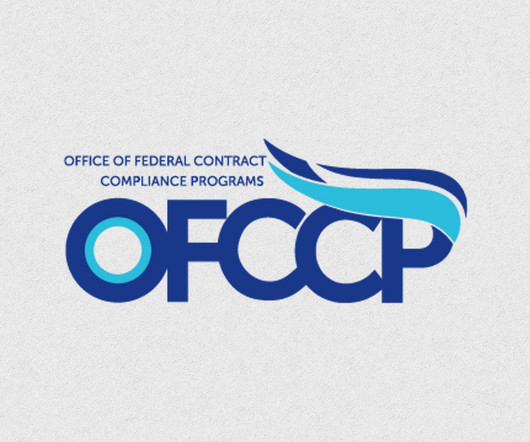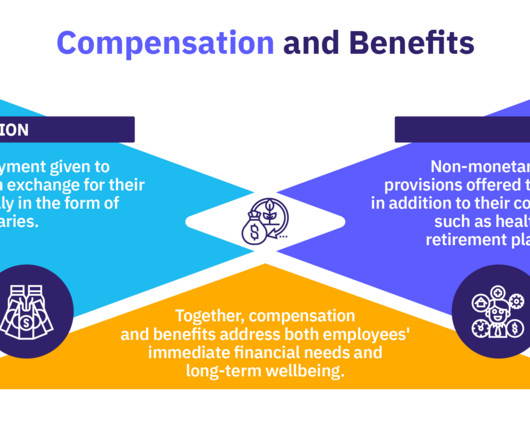Walking Up a Descending Escalator & Other Crazy Pay Policies
Compensation Cafe
JUNE 15, 2015
For example: if you increase your grade midpoints 3% every year while the average employee gets a 4% pay increase, the average worker's Compa-Ratio will only improve one percent per year. and Canada, he’s pretty much been there done that (articles, books, speeches, seminars, radio/TV, advisory posts, in-trial expert witness stuff, etc.),
















Let's personalize your content